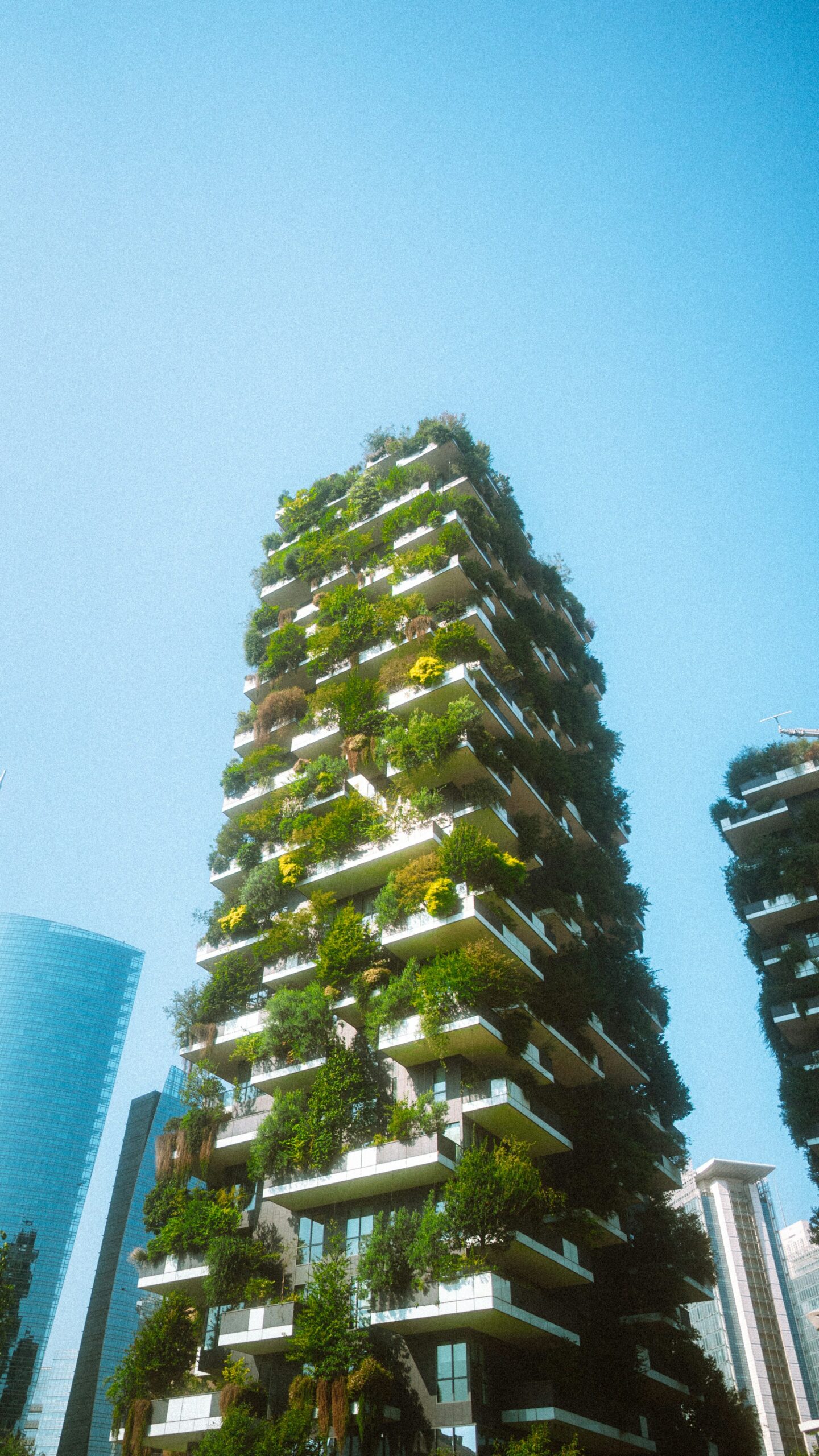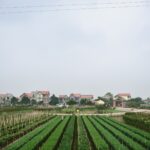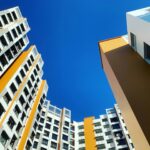Unlocking Value: The Future of Eco-Friendly Real Estate Developments


Photo by Marcel Karg on Unsplash
Introduction: Eco-Friendly Real Estate’s Transformative Path
Eco-friendly real estate developments are reshaping the property market as sustainability becomes a top priority for buyers, investors, and regulators. Features like solar panels, geothermal heating, and advanced insulation are no longer considered luxury add-ons but are becoming standard expectations in modern homes and commercial properties. This shift is fueled by rising consumer demand, evolving government regulations, and the pursuit of long-term value and resilience in the face of climate change. [1] As developers and investors adapt, understanding the future of eco-friendly developments is essential for anyone looking to buy, sell, or invest in real estate.
Sustainable Building Practices: What’s Changing?
Developers are increasingly using eco-friendly materials and energy-efficient systems to meet market and regulatory demands. Common features now include:
- Solar panels for on-site energy generation
- Geothermal heating and cooling systems
- Advanced insulation for reduced energy loss
- Low-VOC paints and recycled building materials
These sustainable features are not just good for the environment-they reduce utility costs and can boost property values. According to industry data, homes with green features can sell for 2.7% more than traditional homes, reflecting buyer willingness to pay a premium for sustainability. [4] Major builders like Skanska have delivered projects such as the Bertschi School Living Building Science Wing, which dramatically reduces energy and water use through innovative design. [4]
Actionable Guidance: To access eco-friendly properties, start by searching real estate platforms that feature green certifications (see below), consult local agents with experience in sustainable developments, or directly inquire with developers about their environmental building standards.
Green Certifications: Signaling Quality and Value
Green building certifications, such as LEED (Leadership in Energy and Environmental Design) , ENERGY STAR , and WELL Building Standard , are increasingly used to verify a property’s sustainability credentials. [1] Properties with these certifications typically offer:
- Lower operating costs due to energy and water efficiency
- Improved indoor air quality and occupant health
- Higher long-term property values and rental yields
- Attraction of environmentally-minded tenants and buyers
Investors and buyers seeking green-certified properties can request certification documentation from sellers or check developer portfolios for their compliance with recognized standards.
To verify certifications, you can consult the official U.S. Green Building Council website (for LEED) or ENERGY STAR’s building registry. If you are unsure how to proceed, a local real estate agent specializing in green properties can guide your search and help you interpret certification data.
Smart Technology and Energy Management
The integration of smart technology is driving the next wave of eco-friendly real estate. Modern developments commonly include:
- Automated lighting and HVAC systems for optimized energy use
- Smart thermostats and sensors to track indoor air quality
- Real-time energy monitoring for transparency and efficiency
- Renewable energy integration, such as solar battery storage
For example, the Optima McDowell Mountain project in Scottsdale features a large-scale rainwater harvesting system, reducing water use by half compared to typical multifamily properties. [2]
How to Access: Buyers and tenants interested in smart, sustainable homes should look for properties advertising advanced energy management features. You can also request a demonstration of these systems from property managers or developers to ensure they meet your needs.
Urban Planning and Climate Resilience
Eco-friendly real estate is not just about buildings-it extends to sustainable urban planning . Developers now favor:
- Mixed-use developments with walkable layouts
- Proximity to public transportation
- Abundant green spaces and community gardens
- Stormproof windows, raised foundations, and sustainable drainage
Cities are incentivizing adaptive reuse-converting vacant offices into green residential spaces-with tax breaks and grants. [2] For example, Washington, D.C., offers 20-year property tax relief for commercial-to-residential conversions, and California has allocated $400 million for similar initiatives. [2] To explore these opportunities, contact your city’s housing or planning department or search for “adaptive reuse incentives” along with your city’s name.
Economic and Demographic Drivers
Several economic and social trends are accelerating the adoption of eco-friendly real estate:
- Government Policies: Increasingly stringent regulations are pushing developers toward sustainable practices. [3]
- Net-Zero Goals: Many property owners are setting net-zero carbon emissions targets, driving investment in energy efficiency. [3]
- Health and Wellness: Tenants increasingly prioritize features that promote clean air and natural light. [3]
- Demographic Shifts: Younger buyers (Millennials and Gen Z) favor sustainable, amenity-rich properties. [3]
Practical Steps: To stay ahead, regularly monitor local and federal sustainability regulations and incentives. You can search for programs by visiting your state’s energy office or by inquiring with the U.S. Department of Energy about available rebates and certification programs. For financial incentives, check with your mortgage lender or local utility provider about green home loan programs or rebates for energy-efficient upgrades.

Photo by Daniel Se�ler on Unsplash
Investment Opportunities and Long-Term Value
Eco-friendly developments are attracting investors with the promise of higher returns and lower long-term risks. Properties with green certifications or in climate-resilient zones are often more stable in value and attract a dedicated tenant base. [1] Industrial and commercial properties are also moving toward carbon neutrality, with technologies like combined heat and power systems reducing emissions by up to 60%. [2]
How to Invest: If you are interested in investing, consider connecting with real estate investment advisors who specialize in sustainable assets. Many investment firms now offer dedicated green real estate funds. Alternatively, you can research REITs (Real Estate Investment Trusts) focused on environmentally responsible properties-these can be found by searching major financial platforms for “green REITs” or “sustainable real estate funds.”
Overcoming Challenges and Exploring Alternatives
Despite growing momentum, challenges remain. High upfront costs, evolving regulatory requirements, and the need for ongoing education can be hurdles for developers and buyers. Solutions include:
- Seeking out government or utility rebates for green upgrades
- Partnering with experienced architects and engineers familiar with sustainable design
- Participating in local green building workshops or webinars
For buyers unable to find eco-friendly new construction, consider retrofitting existing properties with energy-efficient upgrades. Consult a certified energy auditor or your local utility provider for advice and potential incentives.
Summary and Key Takeaways
The future of eco-friendly real estate developments is defined by innovation, regulatory change, and evolving consumer preferences. With the right knowledge and guidance, buyers, investors, and developers can access sustainable properties that deliver both environmental benefits and strong financial performance. Whether seeking a new home, upgrading an existing property, or investing in the next wave of green developments, a range of resources and professionals are available to help you achieve your goals in this dynamic market.
References
- [1] The Leslie Clarke Team (2025). Real Estate Trends for 2025.
- [2] Primior (2025). The Future Of Real Estate Investment Trends: Where Sustainability Meets Digital Assets.
- [3] SquareFoot (2025). Real Estate Trends to Watch in 2025: Shaping the Future of the Market.
- [4] Rentastic (2025). The Rise of Eco-Friendly Properties in Real Estate Investing.






